Cost-Effectiveness of Aerostat Systems
Cost-effectiveness is a significant factor influencing the Aerostat Systems Market. Compared to traditional aircraft and drones, aerostat systems offer a more economical solution for various applications, including surveillance, communication, and data collection. The operational costs associated with aerostat systems are generally lower due to reduced fuel consumption and maintenance requirements. Market analysis reveals that organizations are increasingly recognizing the long-term savings associated with deploying aerostat systems, particularly in remote or hard-to-reach areas. This trend is likely to drive further investment in aerostat technology, as entities seek to optimize their operational budgets while maintaining high levels of efficiency. The potential for cost savings is expected to attract new players into the market, thereby enhancing competition and innovation.
Growing Applications in Disaster Management
The Aerostat Systems Market is witnessing a growing interest in applications related to disaster management. Aerostat systems can provide critical support during natural disasters by offering real-time aerial surveillance and communication capabilities. Their ability to operate in challenging environments makes them invaluable for search and rescue operations, as well as for assessing damage in affected areas. Recent data suggests that the use of aerostat systems in disaster response has increased significantly, with various agencies adopting these technologies to enhance their operational readiness. The market is projected to expand as more organizations recognize the potential of aerostat systems to improve disaster response times and effectiveness. This trend indicates a promising future for the aerostat systems market, particularly in regions prone to natural disasters.
Military Modernization and Defense Spending
Military modernization efforts and increased defense spending are pivotal drivers in the Aerostat Systems Market. Nations worldwide are investing heavily in advanced technologies to enhance their defense capabilities, with aerostat systems being a key component of these modernization initiatives. The ability of aerostat systems to provide persistent surveillance and communication support is particularly appealing to military organizations. Recent reports indicate that defense budgets are on the rise, with many countries prioritizing investments in unmanned systems, including aerostats. This trend is likely to result in a robust growth trajectory for the aerostat systems market, as military forces seek to leverage these technologies for strategic advantages. The ongoing geopolitical tensions further underscore the importance of investing in advanced surveillance solutions, thereby solidifying the role of aerostat systems in modern defense strategies.
Technological Advancements in Aerostat Systems
The Aerostat Systems Market is experiencing a surge in technological advancements that enhance operational capabilities. Innovations in materials, such as lightweight composites, contribute to improved aerodynamics and payload capacity. Furthermore, advancements in sensor technology enable more precise data collection and surveillance capabilities. The integration of artificial intelligence and machine learning into aerostat systems allows for real-time data analysis, which is crucial for military and civilian applications. According to recent data, the market for advanced aerostat systems is projected to grow at a compound annual growth rate of approximately 8% over the next five years. This growth is indicative of the increasing reliance on sophisticated aerostat systems for various applications, including border security and disaster management.
Increased Demand for Surveillance and Reconnaissance
The demand for surveillance and reconnaissance capabilities is a primary driver in the Aerostat Systems Market. As security concerns escalate, both governmental and commercial entities are seeking reliable aerial platforms for monitoring and intelligence gathering. Aerostat systems, with their ability to remain airborne for extended periods, provide a strategic advantage in surveillance operations. The market data indicates that the military sector accounts for a substantial share of the aerostat systems market, driven by the need for persistent surveillance in conflict zones. Additionally, the commercial sector is increasingly adopting aerostat systems for infrastructure monitoring and environmental assessments. This growing demand is expected to propel the market forward, with estimates suggesting a potential increase in market size by over 15% in the next few years.
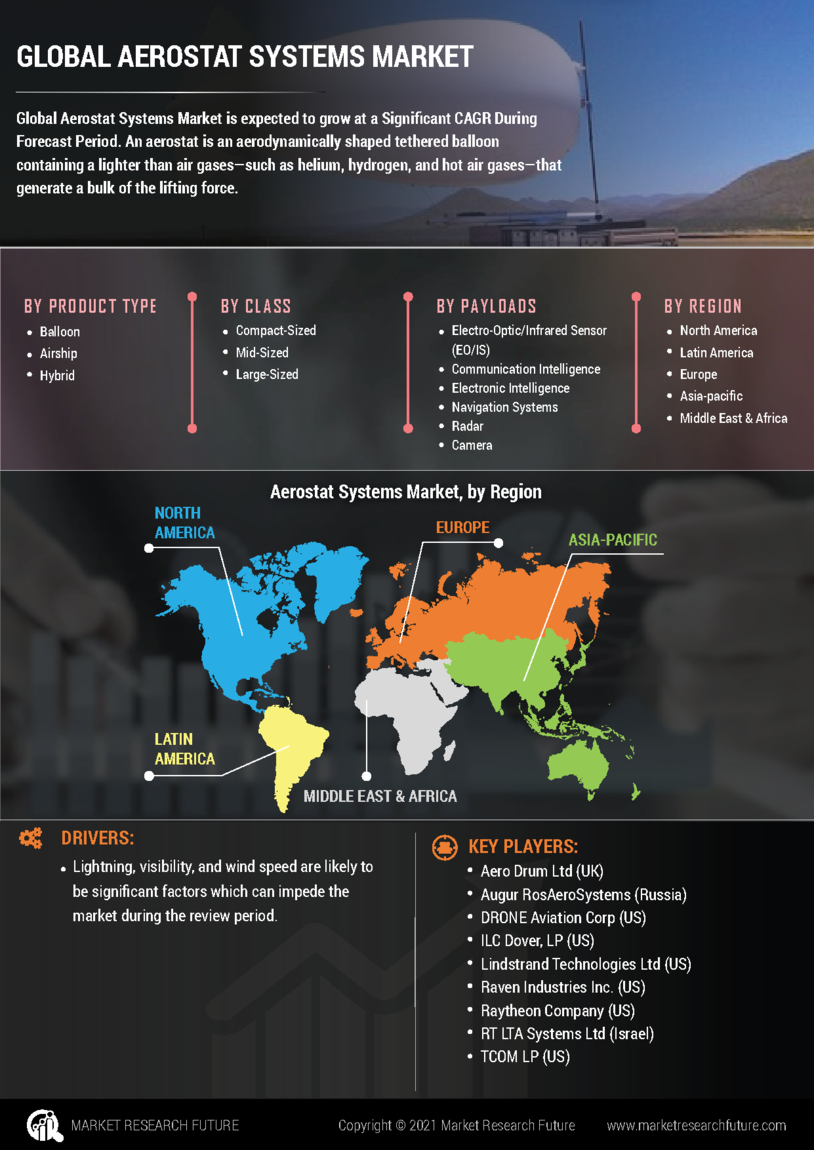

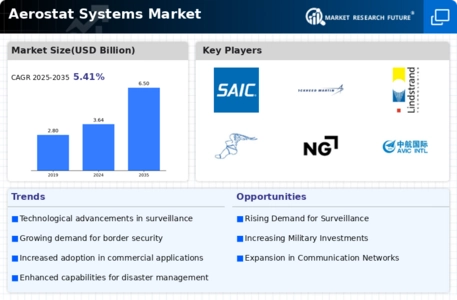
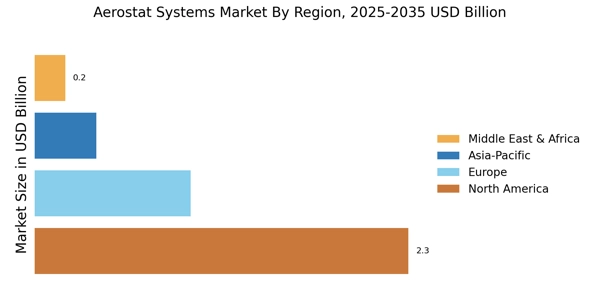
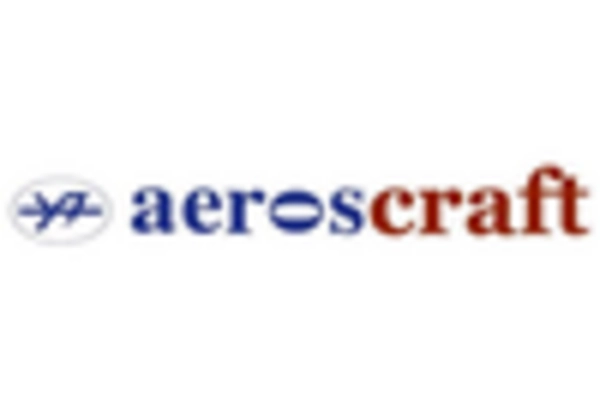
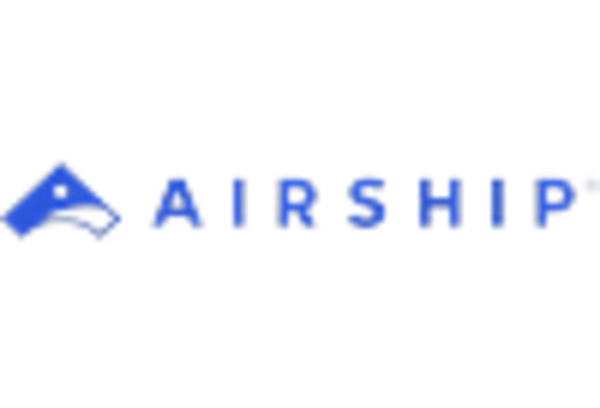












Leave a Comment